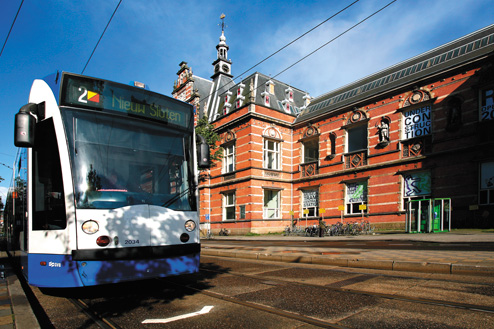History
For much of its early history Amsterdam was a boggy swamp. The area south of the Rhine was part of the Roman Empire (Pliny lived near Leiden) until the fifth century, and throughout the Middle Ages consisted of many separate feudal entities. Around 1270 the Amstel was dammed, and a village grew up on the site of what is now Dam Square. Aemstelledamme was granted its first charter in 1300 and by 1425 still only had a few houses and a church. In 1452 the mostly wooden city was razed by fire, and only parts of the mediaeval architecture remain, such as the Munttoren (a tower) in Muntplein. By the 1500s, when the Spanish branch of the House of Habsburg was the most potent force in Europe, the Low Countries, along with present day Belgium and Luxembourg, were part of the Holy Roman Empire of Charles V. Amsterdam prospered through trading, and by 1500 the city had grown to 9,000 inhabitants.


-2.jpg)










